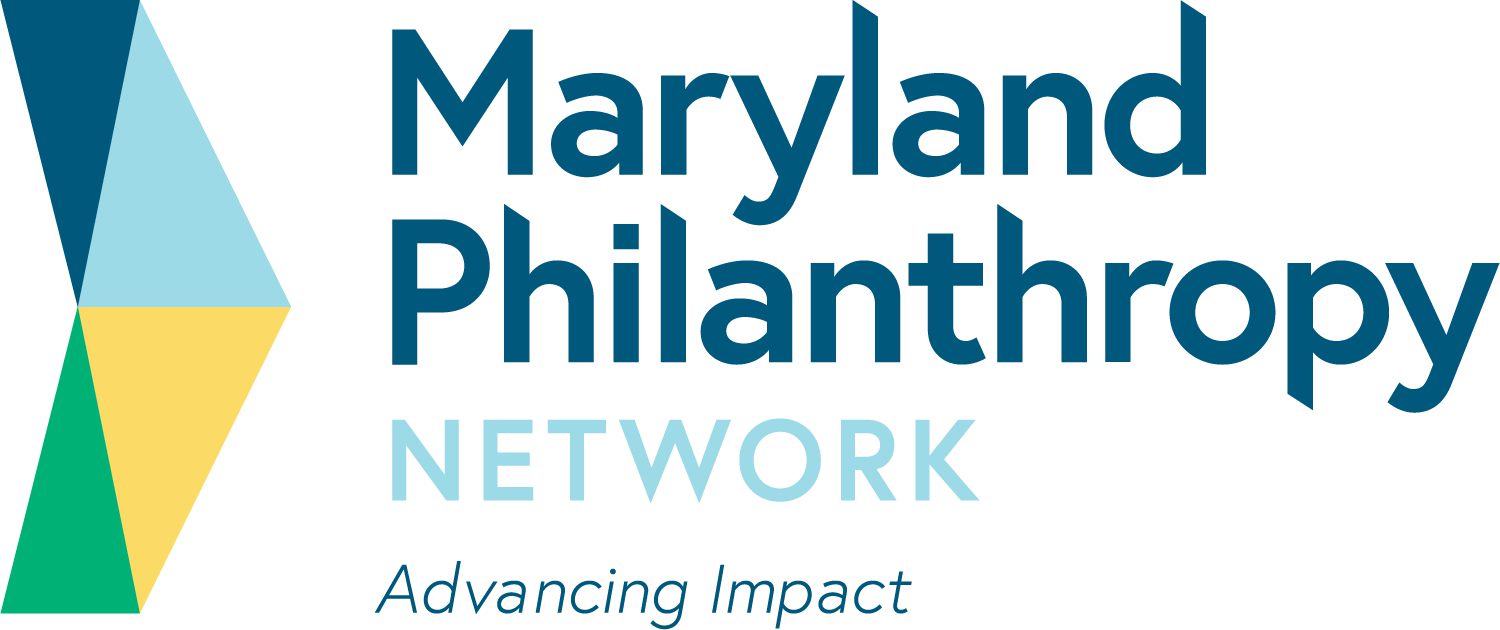The Power And Precedent Of Countercyclical Grantmaking: What The Funders Who Gave More During The Great Recession Can Teach Philanthropy During The Covid-19 Crisis
The first quarter of 2020 was one of the all-time worst for the global economy. U.S. stock indices closed on March 31 having lost a fifth of their value over three months, and markets around the world posted similarly deep losses. Financial experts have projected a historically bad 10%+ slow-down in U.S. GDP in 2020. The economic pain will be – and already has been – felt particularly keenly by low-income people, many of whose assets and job prospects never fully recovered from the Great Recession of 2008-2009.
Until recently, however, philanthropic endowments had more than recovered from last decade’s economic crisis. U.S. foundation assets had surged past their 2007 high of $682 billion by 2012 ($715 billion), and most experts agree they likely exceeded $1 trillion for the first time in 2017.
But the long bull market is over, and philanthropic assets haven’t been shielded from the COVID-19 economic conflagration. Nonprofit leaders have begun to worry loudly that the shock to foundation endowments will be passed along to grantees.
This is not the first time since the advent of uniform, public grantmaking data that the global economy has ground to a halt. Looking back on grantmaking during the Great Recession is the closest thing the sector has right now to a crystal ball in what feel like perilously unprecedented times.
Most large U.S. foundations cut domestic grant spending during the Great Recession. However, there were important outliers that bucked the trend and spent more in service of their missions, balancing long-term and short-term concerns, even though they intend to exist in perpetuity. It’s worth paying the experience of those foundations some attention now.
Click here to read the full article.
Source: HistPhil
FIND MORE BY:

